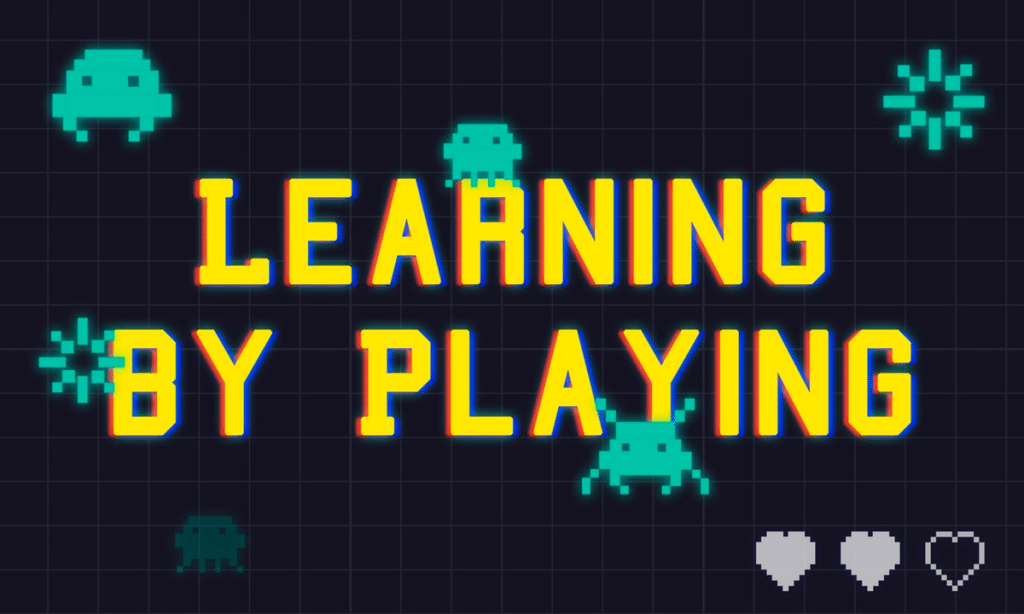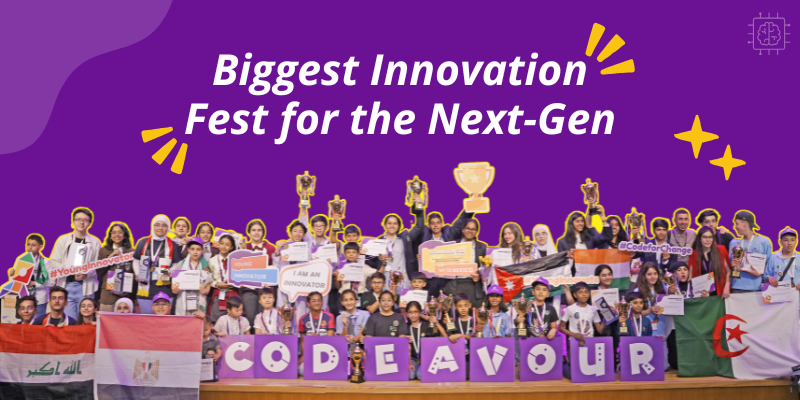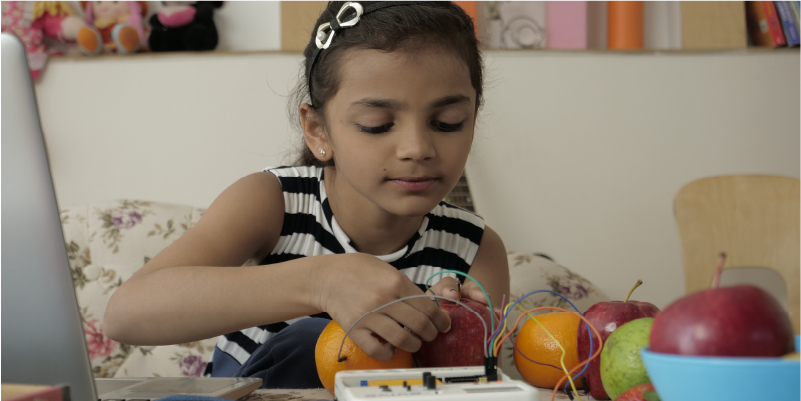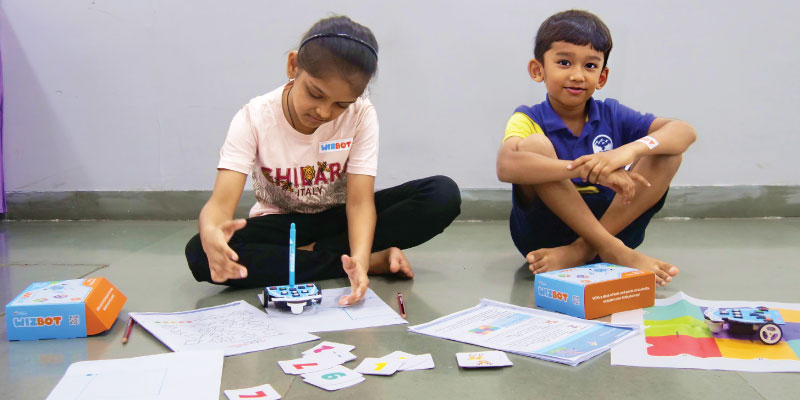Thomas Edison’s teachers used to say that he was too dumb to learn anything, and now we have that same “dumb” student gracing the pages of our textbooks. A lot of genius minds are known to have done poorly in school and/or left formal education. Now we’re not trying to encourage the children to leave their school, but what if we, as educators could mold the educational environment using game based learning? Enter gamification. Gamification in education is one such concept where you ‘gamify classrooms’, i.e. apply the concepts of gaming to education and boost the student’s curiosity, creativity, and interest.
Distracted from distraction by distraction
Filled with fancies and empty of meaning
-T. S. Eliot, Burnt Norton
A rather interesting take on distraction by T. S. Eliot which, knowingly or not, gives a great piece of advice to us educators. Even though they can be interpreted in as many ways as the number of human minds that exist, these two lines, to view them from the perspective of educators, talk about the natural tendency of the human mind to be distracted by the matters which are “filled with fancies and empty of meaning”. While the real, meaningful – is still dismissed as “boring”. We have all seen the creatively stifled yawns and bathroom breaks in our classes, right?
Burnt Norton was in 1936. We’ve entered into a whole other century. Maybe now, we can make a change. In this article, we will be talking about how we, as educators, can combine the fancies and meaningful to create an education model that inculcates a relatively new principle called gamification. Now there are obvious questions that may pop up: What is gamification? Why should I consider gamification in education? and How do I gamify my classroom? Let’s take a look at that.
The What of Game Based Learning
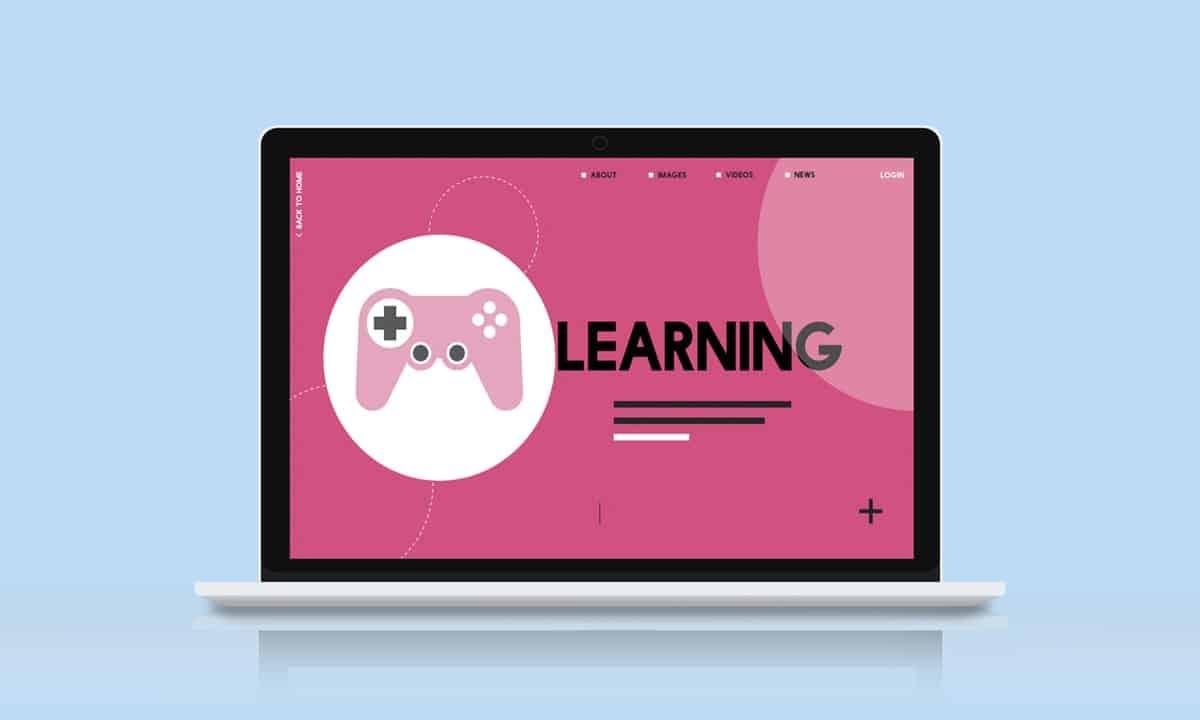
When we talk about gamification, we talk about bringing a drastic change in the students’ learning environment. There is a flaw in how we teach in today’s world. Schools are bound by the government and are required to follow only a certain method. Because of which the school classes often become long and boring monologues. We talk about that quite exhaustively, to be fair. But very few of the discussions include the solutions that can practically bring the change. Game based learning is one such solution. Gamification in education refers to implementing the elements of gaming in the education system. This can be done in numerous ways and some of them are
- Modify the scoring system to include gaming points and awards
- Introduce levels of progress
- Introduce a constructive battle between good and evil
- Offer instant feedback.
Why Gamification in the Classroom?

Gamification is a tried and tested method. According to the literature review published in Springer International in 2014, gamification in education has proved to improve the following skills in the students. Referred to as the “Learner Outcome” by the authors, they state that gamification in the classroom has enhanced the qualities of engagement, participation, motivation, enjoyment, productivity, sense of achievement and sense of accomplishment. The authors of this literature review have gone through more than 15 studies done on the subject of gamification in education and have demonstrated that it has only made the learning method better than what it has been for decades.
To provide an interesting real-life example, a professor named Vicki Davis had a student to whom points or grades had never mattered. What genuinely mattered to the student was the victory of good against evil. After noticing this trait of her student, Vicki and the team of educators decided to slightly change the course of their gamification project to focus more on “world-changing games”, which resulted in substantial growth of the child. In Vicki’s own words – “Now his face lights up when he sees me. He’s one of the first kids to class. He’s an engaged gamer and, finally, an engaged student.”
How to Gamify Classrooms?
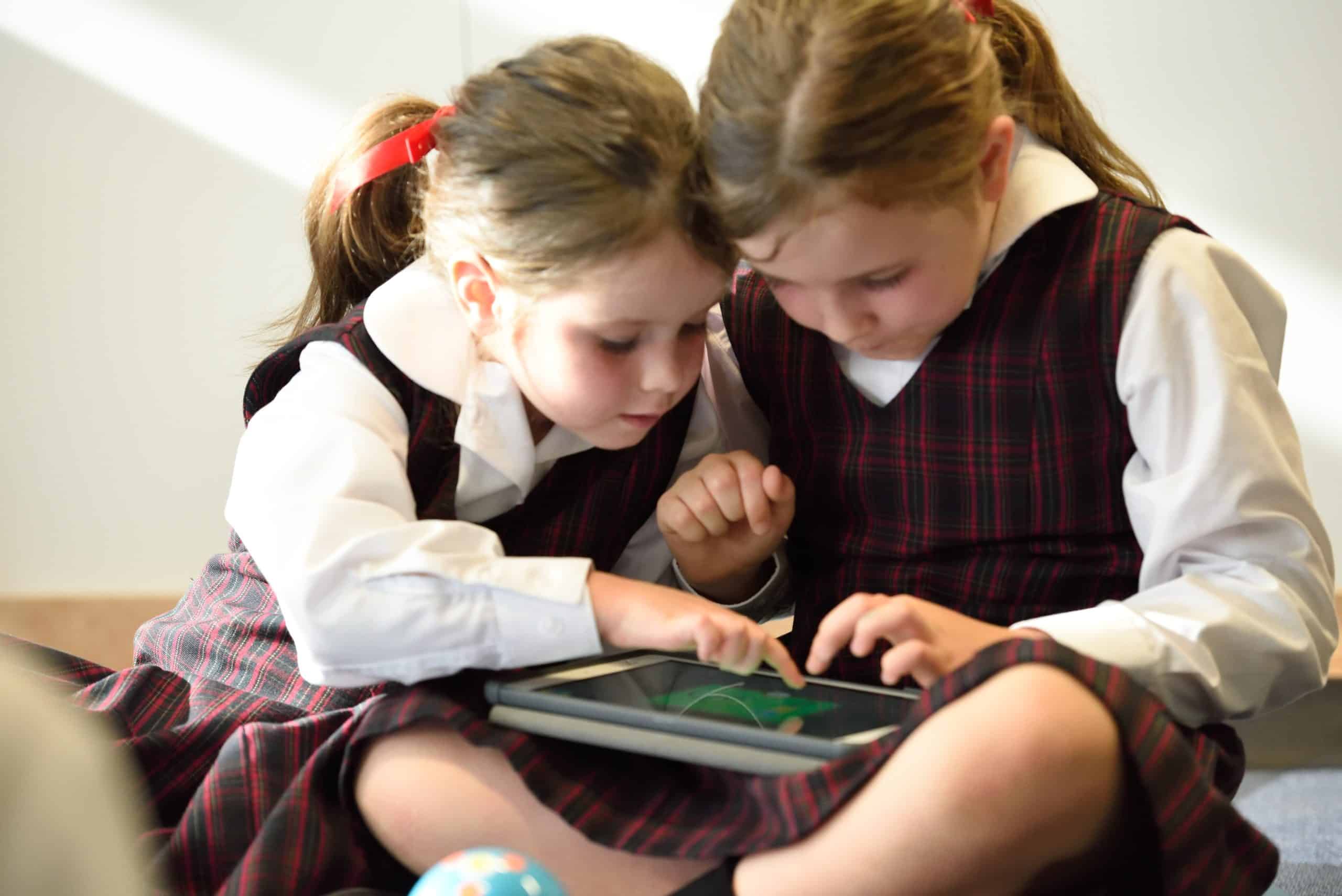
Now, we have already talked about how to utilize the creative freedom bestowed upon us by the STEM learning method before. Game based learning is also another example of this. However, the principles used are slightly different.
-
Game Studies
Game Studies is the study of the ‘what’s, ‘how’s, and ‘why’s of gamification in general. There is a popular misconception that floats around in the education sector that ONLY changing your scoring method and teaching a couple of activities in the classroom will gamify your course. That’s completely wrong. If you want to gamify your classroom, you first need to understand what gaming is. To teach, first, you have to learn. Only after grasping the core nature of gaming you can try to gamify your classroom.
-
Individualized Method
The second thing that can prove to be an unforeseeable (and many times ignored) obstacle in this journey is subjectivity. Psychologists have exhausted their voiceboxes by constantly reminding the humankind, and especially the educators, of the subjectivity of the human mind. Every brain works uniquely. Now it is fair enough that a handful of educators cannot possibly cater to millions of learning brains out there (including their own), but a primary classification is possible. Bartle taxonomy of player types is a classification that we can use to define the general personality of your student as a gamer and then accommodate your course in a way that can be the most useful for your students. Never forget, how you teach will only be appreciated if you actually end up teaching, in its true sense.
-
Gamification in One Classroom Is Not Enough
Again, we would like to put more importance on the fact that throwing in activities at regular intervals is not how to gamify classrooms. We have to change the way we think first, to shape how our students think. We have to start from the very bottom and plan the whole year through gamification. Only then we will be truly inculcating gamification in education. Mr. Matera, a sixth-grade teacher had taken up the initiative of creating a powerful and fun learning environment for his students some years ago. By now, he has expanded his wings and has his own YouTube channel, podcast, books and what not! Through all of these different mediums of communication, Mr. Matera tries to guide the educators all around the world on how to make the best of gamification in the classroom. Here is a video if you are new to gamification and would like to be guided from the scratch about how to move further.
In a Nutshell
It is very easy to indulge in and be distracted by the things that seem easy and are fun to do. Maybe, if we think smartly enough, education (the supposed “bore”) can be fun as well! Gamification is a concept that applies the elements of gaming in the non-gaming contexts, and as focused on in this article, education. Game based learning is a tried and tested method that has seen significant growth in whoever that encounters it. However, there are some important things that you should be aware of (your homework as a teacher) before blindly following the concept just because it has the word “game” in it.
Feature image taken from rawpixel.com

